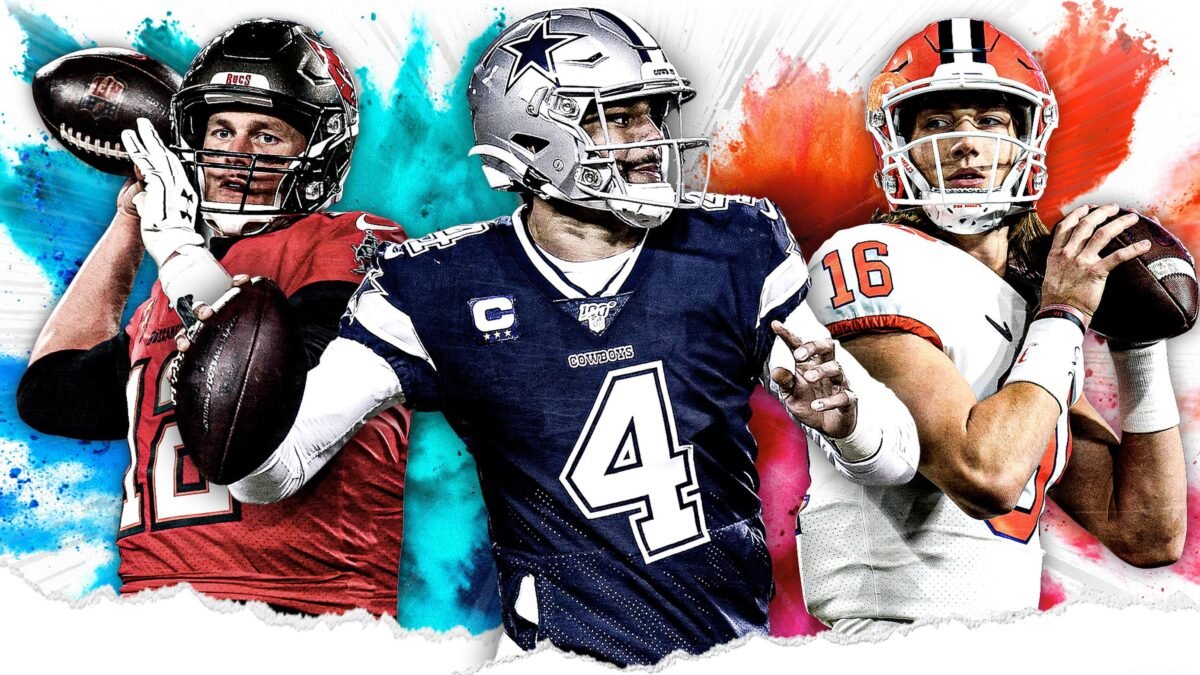In football, they are technically referred to as “Electronic performance and tracking systems (EPTS) devices” and they include camera-based and wearable technologies used to control and improve player and team performance.
EPTS primarily track player and ball positions but can also be used in combination with microelectromechanical devices and heart-rate monitors as well as other devices to measure load of physiological parameters. The three forms of physical tracking devices currently available are:
- Optical-based camera systems
- Local positioning systems (LPS)
- GPS/GNSS systems. GPS devices are used during training for the English Premier League as well as The Football Association (FA).
The use of these devices must be in harmony to respective governing bodies.
Read related articles in this series
- The Nigerian context for wearable technology
- Regulatory and legal considerations for wearable technology in sports
- Beyond the gadgets - regulatory and legal considerations for wearable technology in sports
GPS/GNSS satellite systems are worn on players’ backs (attached to a skintight fixture) and data will be tracked through satellite. The benefits include high number measurements, short installation time, and no need for an operator.
Its shortcomings include discomfort to the player during match day, the visual of a satellite in the stadium, and accuracy concerns of measured data. In March 2018, members of IFAB and FIFA unveiled the EPTS protocol.

Unlike collegiate and amateur sports where there is no centrally negotiated collective bargaining agreements with player unions and/or associations that ensure that the best interest of the athlete is protected, some professional leagues have comprehensive standing agreements that define the ambit of the wearable technology allowed per season. Some professional leagues like the MLS, MLB, NBA, EPL, La Liga etc. have structured player’s organizations and associations.
In professional leagues, when data is sold, it is to be subjected through the collective bargaining processes and protocols. To understand the practical application of this principle, it is pertinent to take a cursory look at the prevailing collective bargaining agreements in some professional sports and the extent of protection offered to professional athletes.
In the National Football League (NFL), Major League Baseball (MLB), and National Basketball Association (NBA) players commonly disclose medical information about themselves.
Additionally, in these sports, players are currently wearing wearable technology devices in their gear including on-field sensors.
However, in the NFL, the requirement of wearing sensors is left on the field. Recently, the National Football League Players Association (NFLPA) filed a grievance claiming that the NFL and teams should not be able to track players sleeping patterns, because the collective bargaining agreement does not include authorization that allows monitoring off the field.

Greg Aiello, an NFL spokesperson responded that the sleep sensors being worn by the players were completely voluntary. Aiello claimed players had the interest in wearing the sensors to improve their performance. According to Aiello, he is unsure why the NFLPA has an issue with the technology players chose to utilize.
However, it is likely that the NFLPA has concerns for the future, and does not want to set a dangerous precedent that may be adverse to their future interests.
Additionally, if the NFL wants to use the information, they have recorded through any sensors on the field for information related to medical purposes, they must seek permission from the NFLPA.
Also read
- The Nigerian Football League, players’ work health & safety - Part 2
- How to earn more as a professional public speaker
- Public speaking
An example of this is shown in the NFL with Zebra sensors. Currently NFL players are required to wear Zebra sensors in their shoulder pads. These Zebra sensors have been deemed non-invasive due to the fact that the sensors only track information pertaining to location, acceleration and speed during games. None of those listed metrics are considered to be protected or private information.
However, the NFL collective bargaining agreement expired in 2020, in the thick of Covid-19 and it is interesting to see the new provisions and how some of these issues would be addressed.
For the NFL, the NFL Players’ Association reached an agreement sometime in 2017 with a human performance company named WHOOP. This agreement with WHOOP allowed players to sell their data, giving the players the ability to push back against the NFL.
The NFL Players’ Association seems not only optimistic about their ability to protect athletes’ privacy, but also eager to allow them the ability to benefit immensely on a personal and financial level from the information.


